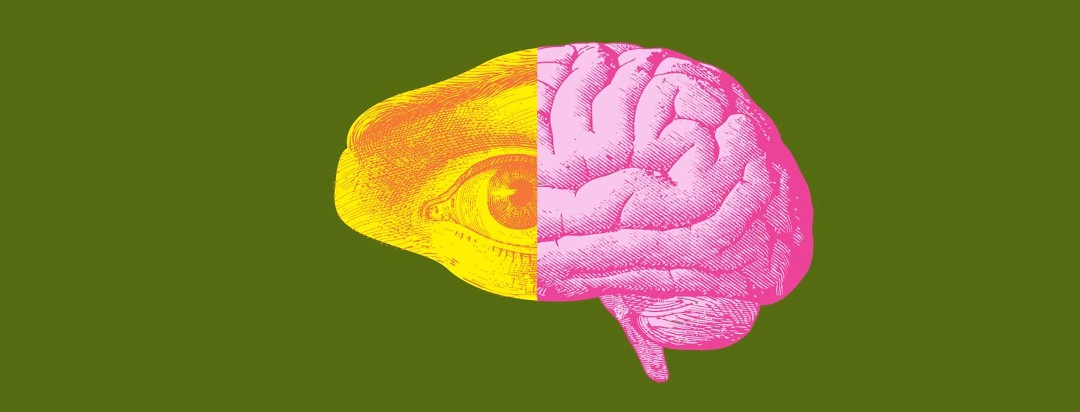Are Dementia, Alzheimer's Disease, and AMD Related?
Both age-related macular degeneration and dementia, including Alzheimer’s disease, are associated with the aging process. Researchers have been increasingly wondering if these diseases may be related, as they have some characteristics in common.1
What is dementia?
Dementia is not a disease. Instead, it is a group of symptoms that show changes in behavior (such as anxiety, depression, and personality changes), how the brain functions (such as confusion, difficulty reasoning, and having trouble communicating) and loss of memory.2 Many diseases can cause dementia, such as Parkinson’s disease, traumatic brain injuries, brain tumors, and Huntington’s disease. Dementia is not limited to the elderly, as it can be caused by many factors, but the risk of dementia does increase with age.
What is Alzheimer's disease?
Alzheimer’s disease (AD) is a progressive brain disease that is the most common cause of dementia.3 It is characterized by clumps of proteins known as amyloid plaques that are found in the brains of AD patients. Most AD patients show memory loss in the early stages of the disease, and begin to show other symptoms of dementia as the disease progresses.
Who gets Alzheimer's disease?
Very rarely, AD can happen in younger patients (early-onset AD is defined as showing symptoms before the age of 65, and the youngest cases happen to patients under the age of 40), but it is more common in patients over the age of 65.3 There is currently no cure for AD, but early intervention and treatment can help patients and their families manage the symptoms of the disease.
What is age-related macular degeneration (AMD)?
Age-related Macular Degeneration (AMD) is an eye disease that is characterized by damage to the part of the eye that is responsible for sharp, central vision. This area is known as the macula and it is part of the back of the eye or retina.4 As the damage to the macula progresses, patients lose their central vision and may develop blurry, dark or blank spots in the center of their field of vision. AMD is the leading cause of vision loss in patients over the age of 55, and while it does not cause complete blindness, it can greatly interfere with everyday activities.4
Who gets AMD?
While age is a risk factor for AMD, a history of smoking, genetics, and race (Caucasians are more likely to be diagnosed with AMD than African Americans or Latinos) are all risk factors as well.4 While there is currently no cure for AMD, an eye care professional can be treated the disease throughout its stages to help slow disease progression and reduce and alleviate AMD symptoms.
How are these diseases related?
Researchers noticed that AMD and AD had factors in common. While both diseases are related to age, they also both are related to protein deposits and breakdown of neurons (a type of brain cell).5 Patients with AMD also were more likely to have cognitive impairment, or troubles thinking and communicating well than patients without AMD. Researchers looked at medical records of 580 patients with and without AD and found that twice as many patients who had AD had AMD than patients who did not have AD.5 Another study of 3,800 patients found that patients with AMD were 20% more likely to get AD than patients without AMD.1
What does this relationship mean?
While physicians are not sure why these diseases are linked, they do recognize that there is some relationship between AMD and AD. Researchers are now questioning if we can use this relationship to make early AD diagnoses.7 Early diagnosis and intervention is important in slowing the AD process. This relationship between AMD and AD may also lead to better treatments or even cures for both diseases. While researchers continue to make new discoveries about both AD and AMD, discoveries such as this can help pave the way to better care for both diseases.
Reducing your risk of AMD and AD
There are a variety of lifestyle changes that can be made to reduce the risk of developing both age-related macular degeneration and Alzheimer's disease. Many of these lifestyle changes are consistent across both conditions. For more information on eye healthy habits, click here. To learn more about reducing your risk of developing Alzheimer's disease, click here.

Join the conversation